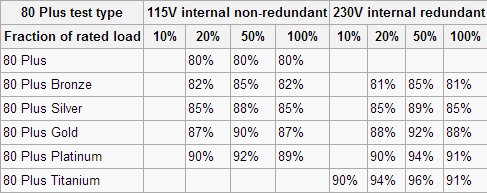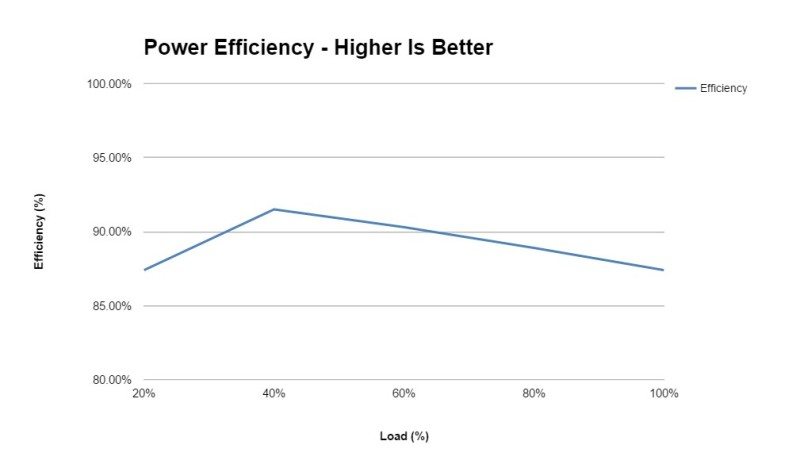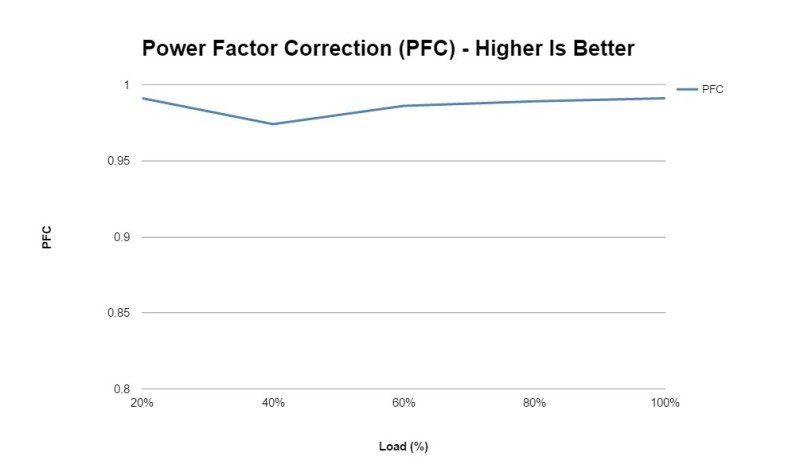be quiet! Pure Power 9 700W Power Supply Review
Peter Donnell / 9 years ago
Efficiency, PFC and Voltage Regulation
Voltage Regulation
To test voltage regulation we load the power supply to five different load scenarios that give an equal spread of load across every single rail. So that means 20% on all rails, 40% on all rails and so on. We then calculate the average deviance of each rail from its expected voltage.

Overall, these are some pretty decent results, the 3.3v and the 5vsb could do with being a little better, but in the real world, they’re not really a cause for concern. What does matter, at least in my opinion, is the 12V rails and as you can see, they’re tuned pretty tightly and that’s going to mean stable power for the CPU/GPU hardware.
Power Efficiency
Power efficiency is measured by calculating actual supplied wattage divided by the wattage drawn at the wall/plug, multiplied by 100 to give a percentage. We then compare that to the particular 80 Plus certification the company claims to see if it meets that. You can see the 80 Plus certifications below, we always test 230v power supplies.


In terms of efficiency, the Pure Power 9 absolutely sailed through this part of the test, often exceeding the rating across different load scenarios and that’s certailny a good thing.
Power Factor Correction
Power Factor Correction is the ratio of the real power flowing to the load, to the apparent power in the circuit. The aim of PFC is to make the load circuitry that is power factor corrected appear purely resistive (apparent power equal to real power). In this case, the voltage and current are in phase and the reactive power consumption is zero. The closer the number to one the better as this allows the most efficient delivery of electrical power (Source – Wikipedia).

PFC was also rather fantastic, with near flawless results and far better that we’re used to seeing from any PSU; even ones that cost more money than this.



















